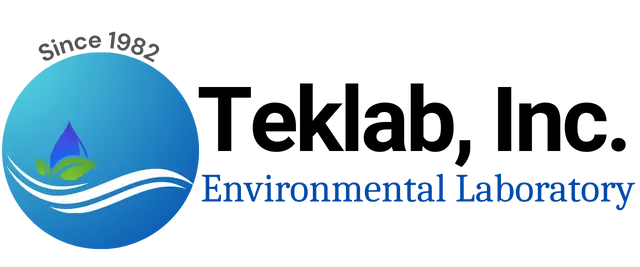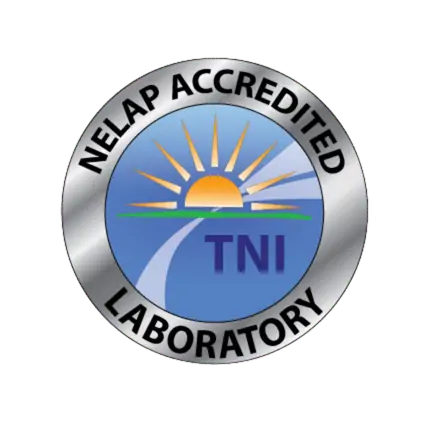Who collects the samples?
If it’s not specified who should collect the sample(s). Samples may be collected by the school/daycare staff or a third-party contractor and submitted to the lab for analysis. Your choice may be based on your budget.
Where Should I collect the Drinking Water samples from?
All sources of (non-bottled) potable water that may be ingested by children and/or used in food preparation should be tested. This includes locations such as water fountains, kitchen taps/faucets, and classroom sinks. Restroom sinks and janitorial sinks are not required sampling points.
How Many Samples Should I Collect?
Two samples per location should be collected – 1st draw after water is standing in the plumbing for 8-18 hours and 2nd draw after a 30-second flush following the 1st draw sample collection.
What Type of Container is Required?
Plastic 250mL sample containers will be provided by the lab for sample collection. (Download our Sample Kit order form for schools)
How Do I Identify my Samples?
All samples must be properly labeled such that the locations are easy to identify; the date and time of collection must also be included. A master sampling plan will help you easily label the samples (Sample 001 corresponds to Kitchen Sink-First Draw). (download an example sample ID spreadsheet and CoC completion guide)
How do I submit samples for analysis?
Upon collection, samples and accompanying documentation (chain of custody) may be submitted to the lab in person or via common carrier/shipping services. Shipping may be the most economical choice. (See Teklab’s Step by Step sampling guide for schools)
What do I do once I get my report?
Contact the provider with any questions regarding the report. Results should be compared to drinking water standards. See the 3Ts for Reducing Lead in Drinking Water in Schools (USEPA)
Do I need to provide the report to parents?
In short, yes, notification is required. Review the law for how/when to report to parents.
What do I do if my sample results are over the limit in the law?
The State regulatory agency may provide guidance on mitigation requirements. See the 3Ts for Reducing Lead in Drinking Water in Schools (USEPA)
Why is lead in drinking water a priority?
Lead in drinking water is a critical public health priority due to its severe and often irreversible health impacts, particularly on vulnerable populations like children and fetuses, as there’s no known safe level of exposure. This potent neurotoxin can cause permanent neurodevelopmental damage, including reduced IQ, learning disabilities, and behavioral problems, while also contributing to anemia, kidney damage, and cardiovascular issues. Compounding this concern is the widespread presence of lead in aging plumbing infrastructure; despite bans on lead pipes and solder, these materials continue to leach lead into water through corrosion, an invisible threat as lead is odorless, colorless, and tasteless. This issue disproportionately affects underserved communities with older housing stock, further eroding public trust, as seen in crises like Flint, Michigan. However, the harm is entirely preventable through comprehensive testing, identification, and replacement of lead-containing plumbing.
In essence, prioritizing lead in drinking water is a commitment to protecting the most vulnerable members of society, safeguarding public health, and ensuring equitable access to a fundamental necessity: safe drinking water.
Need a Quote or want more information?
Call or email Liz Hurley at: [email protected]
Toll free: (877) 344-1003





